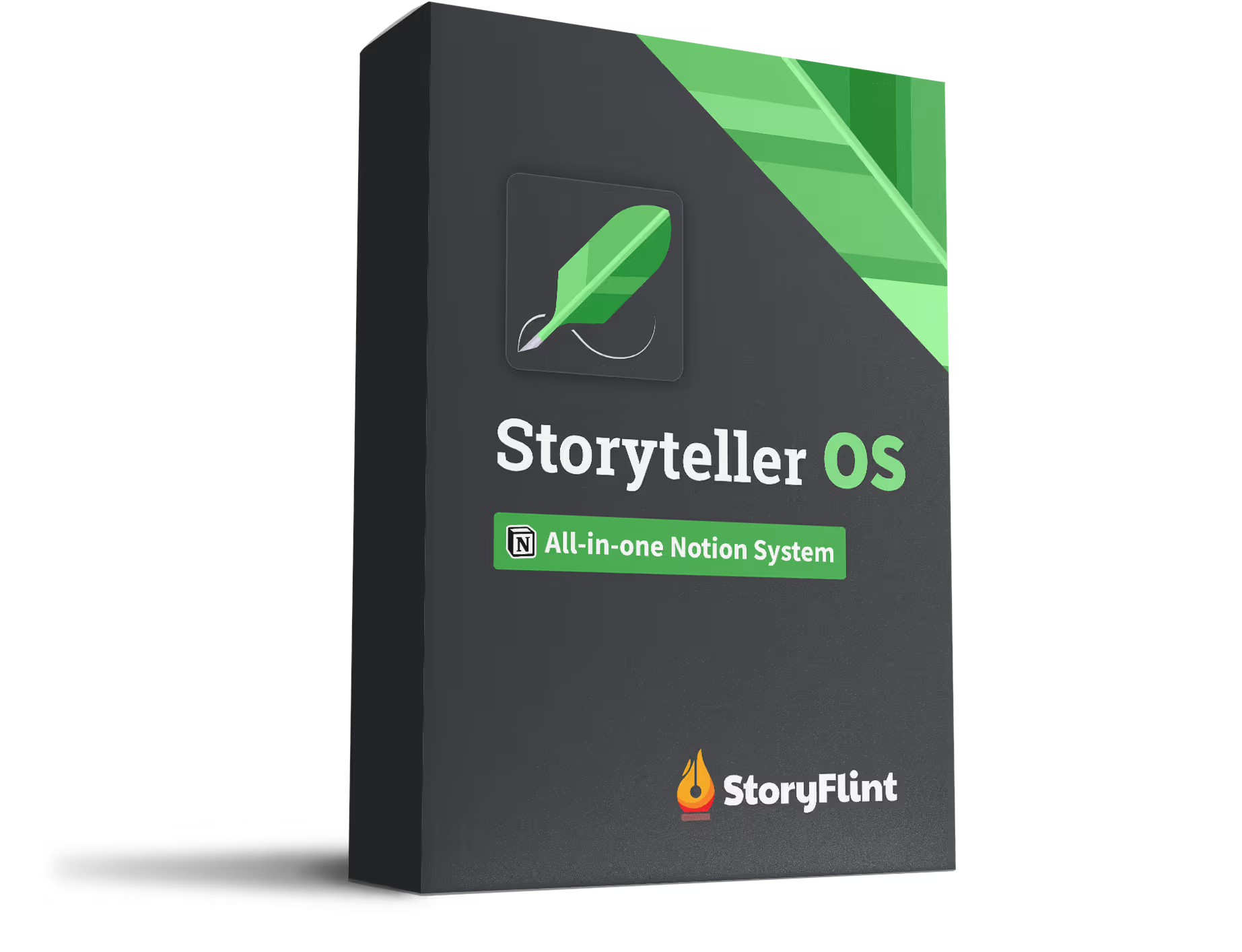Your Type 9 character doesn’t have to be a human sigh. They’re not just sleepy mediators who love naps and hate confrontation. In fact, they might be the most quietly powerful characters in your whole cast—if you write them like it. Let’s crack open the complexity hiding behind all that chill.
But First, What Are Enneagrams?
The Enneagram is a personality framework made up of nine core types, each with its own fears, motivations, and worldview. It’s not just for self-help junkies—it’s a powerful tool for writers to create characters that actually feel like people.
What Makes a Type 9 Tick (and What Makes Them Shut Down)
Type 9s are known as the Peacemakers. They want one thing: internal peace.
And they’ll avoid conflict like it’s a family group chat on election night.
That doesn’t mean they’re weak. Actually, it means they’re strong enough to endure way more discomfort than most other types. They just don’t always know where they end and everyone else begins.
A 9’s Core Struggles:
- "If I speak up, I’ll cause problems."
- "I don’t matter enough to fight for."
- "Peace is more important than being heard."
They’re the type that says "I don’t care, you choose," when really they care deeply but haven’t figured out how to access their own desires yet.
👉 If your characters feel flat, unmotivated, or vague, it’s probably because you haven’t gone deep enough into their core fears and lies. The Ultimate Character Builder helps with exactly that.
Why Type 9 Characters Are Sneaky Powerhouses
Most writers turn Type 9s into passive side characters who only exist to keep the peace. But when you give them the spotlight, something special happens.
They become a mirror for the rest of your cast.
They highlight other characters' flaws by absorbing them.They survive what others can't because they've learned to endure in silence.They finally snap in powerful, emotional moments that shift the entire story.
Give Them a Spine (Even if It Looks Like a Nap)
Type 9s might not lead with aggression or ambition, but when they hit their limit, they really hit it.
Their arc is often about waking up to their own worth.
Let them be:
- Reluctant, but resolute
- Quiet, but unshakable
- Easygoing, but not easy to manipulate
Don’t Skip Their Anger
Underneath all that zen is usually a volcano.
Type 9s repress anger to keep the peace, but that stuff doesn’t disappear. It leaks out passive-aggressively, or it explodes after a hundred tiny compromises.
Use that.
It makes for a great midpoint breakdown or a climax that hits hard.
Classic 9 Struggles to Use in Your Plot
Here are a few built-in dilemmas that practically write themselves:
- Decision paralysis: They can’t pick a side because they see all sides
- Merging: They adopt the personality of whoever they’re with
- Disappearing: They’re there, but they’re not really there
- Delayed eruption: They’re chill until they’re really, really not
- Dreamer syndrome: Fantasizing about taking action instead of taking it
You can mine these for tension, conflict, and character growth all day.
Famous Examples of Type 9 Characters
Let’s look at a few well-known Type 9s and what makes them work:
Frodo Baggins
- Wants a quiet life, gets handed a world-ending problem
- Constantly tries to de-escalate and avoid unnecessary fights
- Ultimately shows quiet resilience, even when literally falling apart
Chidi Anagonye from The Good Place
- Tries to keep everyone calm and morally sound, often at the cost of his own peace
- Avoids conflict and decisions to a frustrating degree
- Grows by learning that indecision can cause more harm than choosing wrongly
Carl from Up
- Withdraws from life after grief
- Avoids connection, avoids conflict
- Reawakens through relationship and purpose
Forrest Gump
- Goes with the flow while quietly anchoring those around him
- Avoids conflict, rarely asserts his own agenda
- Shows resilience and emotional depth through loyal, grounded actions
They all have one thing in common:They don’t want the spotlight—but they need it to grow.
Writer Pain Points Type 9s Can Help You Solve
Feeling stuck on a protagonist? Type 9s are a goldmine when your story is too loud, too dramatic, or too chaotic. They ground the narrative.
And if you’re struggling with:
- Overdeveloped plots with underbaked characters
- Too much action, not enough emotion
- Flat second acts with no internal movement
...a Type 9 arc can fix that.
Their growth happens internally first, then shows up in their choices. That’s a recipe for deeply satisfying storytelling.
Want more help crafting meaningful characters with Enneagrams? Check out this article on character development.
Final Thoughts: Let Them Matter
Type 9s aren’t here to keep your plot comfy.
They’re here to challenge everyone’s expectations—including their own.
The quietest character in the room might just be the one your audience remembers most. You just have to write them like they matter.
For more help building characters from the inside out, the Ultimate Character Builder is the best place to start.




